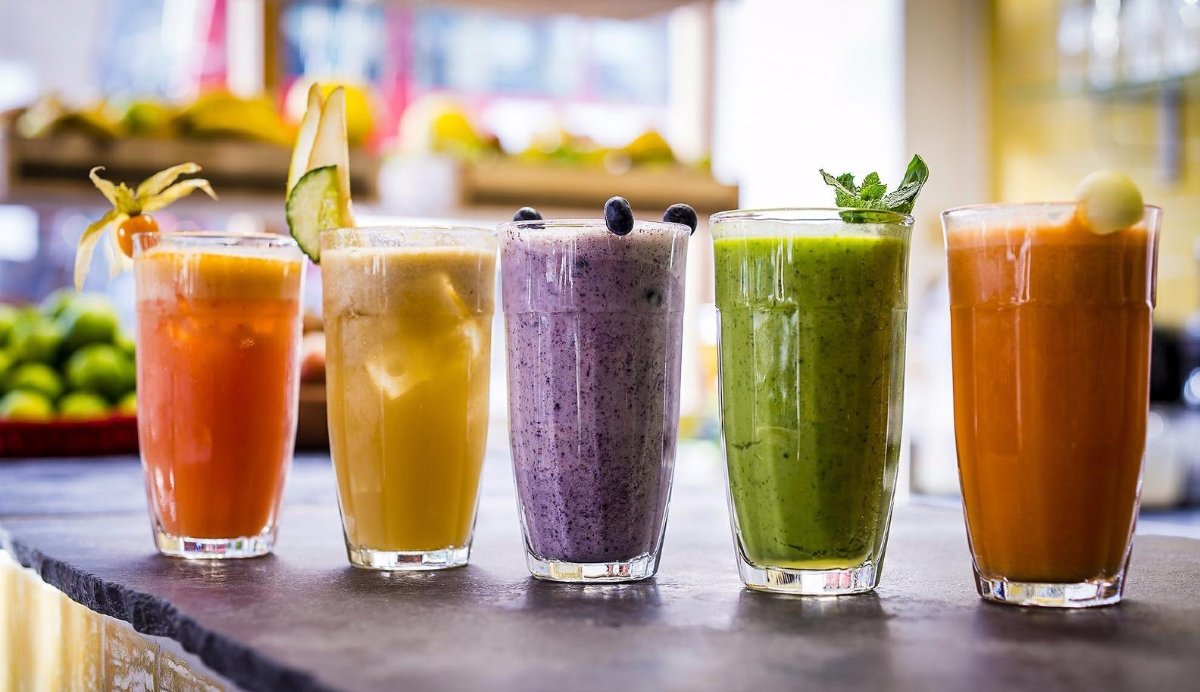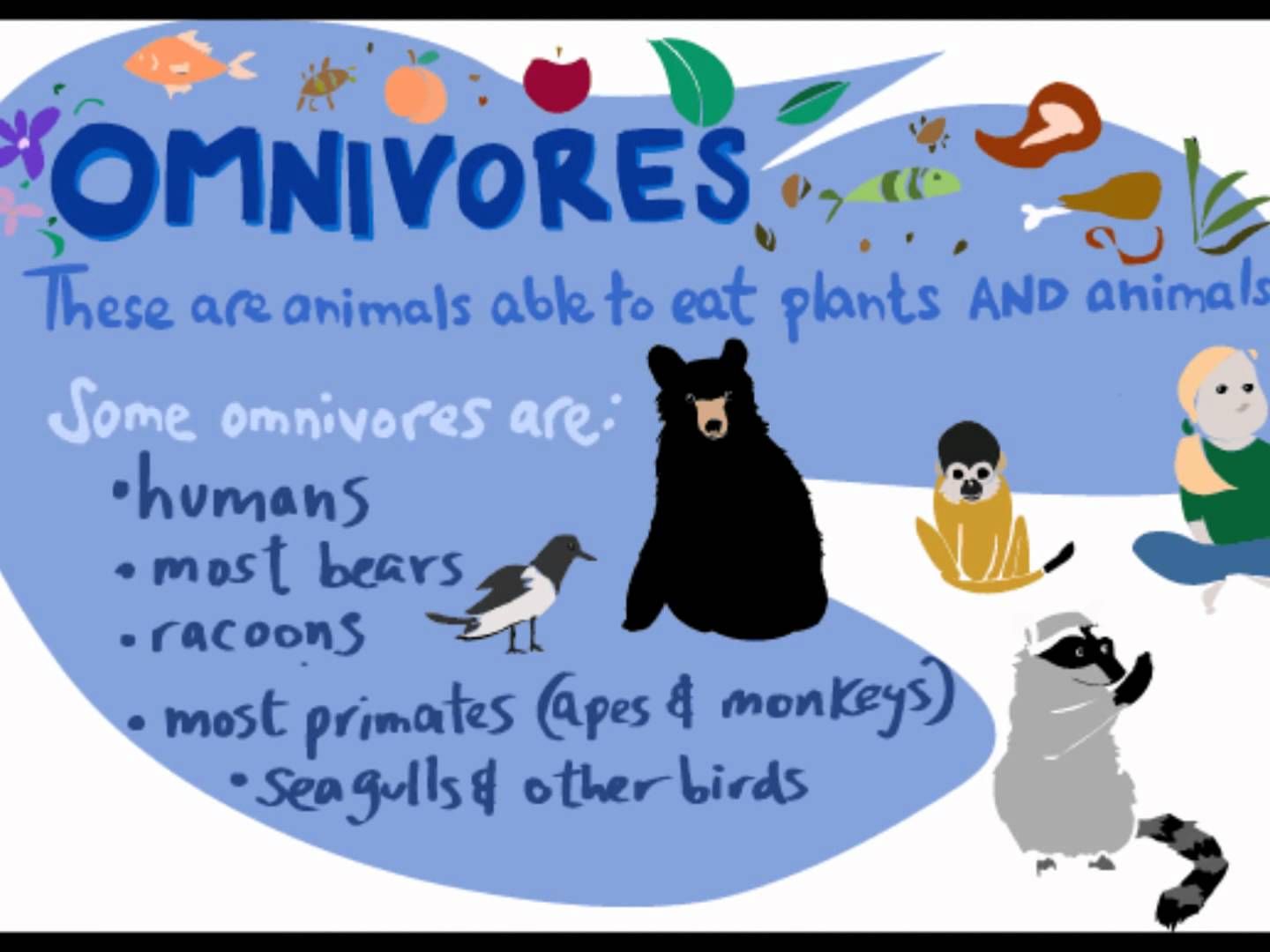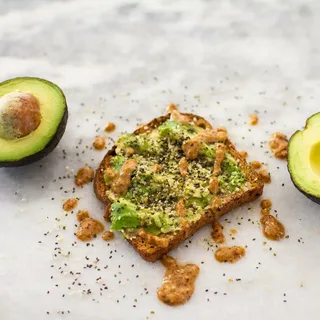Africa is a continent rich in diversity, culture, and cuisine. Its culinary traditions are as varied as its landscapes, with each region boasting its own unique flavors and ingredients. Despite the geographical and cultural diversity, certain foods have managed to transcend borders, connecting people across Africa and beyond. In this comprehensive guide, we’ll explore four such African foods that have become beloved staples, celebrated for their taste, versatility, and ability to bring people together.
Jollof Rice
Origin
Jollof rice is a popular West African dish believed to have originated in the Senegambia region, encompassing present-day Senegal and The Gambia. It has since spread throughout West Africa and beyond, becoming a beloved staple in countries such as Nigeria, Ghana, and Cameroon.
Description
Jollof rice is a one-pot dish made with rice, tomatoes, onions, peppers, and a blend of spices such as cumin, paprika, and thyme. It is often cooked with meat, poultry, or seafood and may be served with fried plantains, salad, or coleslaw.
Significance
Jollof rice holds cultural significance across West Africa and is often served at weddings, festivals, and other special occasions. It is known for its vibrant color, bold flavor, and ability to bring people together in celebration.
Connection Across Borders:
Despite regional variations in ingredients and preparation methods, jollof rice serves as a unifying dish that transcends borders and fosters a sense of shared identity among West Africans. It has also gained popularity internationally, with jollof rice festivals and competitions held in cities around the world.
Injera
Origin
Injera is a traditional Ethiopian and Eritrean flatbread that has been consumed for centuries in the Horn of Africa. It is made from teff flour, a gluten-free grain native to the region, and is a staple food in Ethiopian and Eritrean cuisine.
Description
Injera is a spongy, sourdough-like flatbread with a slightly tangy flavor. It is made by fermenting teff flour batter overnight, then cooking it on a hot griddle or clay plate called a mitad. Injera serves as both a staple food and a utensil in Ethiopian and Eritrean cuisine, used to scoop up stews, vegetables, and other dishes.
Significance
Injera plays a central role in Ethiopian and Eritrean culture and cuisine, serving as a symbol of hospitality, community, and togetherness. It is often shared communally, with friends and family gathering around a large platter of injera topped with various dishes.
Connection Across Borders
Injera has gained popularity beyond Ethiopia and Eritrea, with Ethiopian restaurants and injera bakeries opening in cities around the world. It serves as a bridge between East African communities and provides a taste of home for Ethiopians and Eritreans living abroad.
Bobotie
Origin
Bobotie is a South African dish with roots in Cape Malay cuisine, a culinary tradition influenced by the Malay slaves brought to South Africa by the Dutch East India Company in the 17th century. It is a savory-sweet meatloaf dish baked with a custard topping and flavored with spices such as curry, turmeric, and cinnamon.
Description
Bobotie typically consists of spiced minced meat (usually beef or lamb) mixed with onions, garlic, curry powder, and dried fruit such as raisins or apricots. The meat mixture is topped with a mixture of beaten eggs and milk, then baked until golden and set. Bobotie is often served with rice, chutney, and sliced bananas.
Significance
Bobotie is considered a national dish of South Africa and is enjoyed by people of all backgrounds. It reflects the country’s multicultural heritage and is often served at family gatherings, holidays, and special occasions.
Connection Across Borders
Bobotie has gained popularity outside of South Africa and is enjoyed by food enthusiasts around the world. Its unique blend of flavors and cultural significance make it a cherished dish that brings people together across borders.
Suya
Origin
Suya is a spicy grilled meat skewer popular in Nigeria and other West African countries. It is believed to have originated with the Hausa people of northern Nigeria and has since become a beloved street food enjoyed throughout the region.
Description
Suya is made with thinly sliced meat (typically beef, chicken, or goat) that is marinated in a mixture of ground peanuts, spices, and oil, then skewered and grilled over an open flame. The marinade, known as yaji or suya spice, typically contains ingredients such as ground peanuts, ginger, garlic, cayenne pepper, and bouillon powder.
Significance
Suya is a popular street food in Nigeria, often sold by vendors grilling meat over open flames in roadside stalls or markets. It is enjoyed as a snack or appetizer and is commonly served with sliced onions, tomatoes, and spicy pepper sauce.
Connection Across Borders
Suya has gained popularity among African diaspora communities and food enthusiasts worldwide, with Nigerian restaurants and street vendors serving up this flavorful dish in cities around the globe. Its bold flavors and spicy kick have made it a favorite among those craving a taste of West African cuisine.
Tips for Embracing African Foods
Explore Local Markets
Visit local African markets or specialty grocery stores to discover authentic ingredients and products from across the continent.
Try New Recipes
Experiment with traditional African recipes at home, using cookbooks, online resources, and cooking classes to learn new techniques and flavor combinations.
Support African Restaurants
Dine at African restaurants in your area to experience authentic flavors and dishes prepared by skilled chefs.
Attend Cultural Events
Attend cultural festivals, food fairs, and community gatherings to sample African foods, music, and traditions.
Share the Experience
Invite friends and family to join you in exploring African foods, sharing meals, and celebrating the rich culinary heritage of the continent.
FAQs Frequently Asked Questions
Can I find African foods in supermarkets outside of Africa?
Yes, many supermarkets and specialty grocery stores carry African ingredients and products, including spices, grains, sauces, and packaged foods. You may also find African-inspired dishes at restaurants and food trucks in urban areas with diverse culinary scenes.
Are African foods suitable for vegetarians or vegans?
Yes, African cuisine offers a wide variety of vegetarian and vegan options, including dishes made with beans, lentils, vegetables, grains, and plant-based proteins such as tofu and tempeh. Look for traditional African recipes or adaptations that omit meat or dairy ingredients.
How can I learn more about African cooking techniques and ingredients?
Consider taking cooking classes, workshops, or culinary tours focused on African cuisine to learn about traditional cooking techniques, ingredient sourcing, and flavor profiles. You can also explore online resources, cookbooks, and documentaries to deepen your understanding of African food culture.
Are there health benefits to eating African foods?
African foods are often nutritious and packed with vitamins, minerals, fiber, and antioxidants. Traditional African diets typically emphasize whole foods, including fruits, vegetables, whole grains, lean proteins, and healthy fats, which can contribute to overall health and well-being.
How can I support African farmers and producers?
Look for fair trade, organic, and ethically sourced African products when shopping for ingredients such as coffee, tea, chocolate, spices, and grains. Supporting organizations and initiatives that promote sustainable agriculture, economic empowerment, and community development in Africa can also make a positive impact.
Can I incorporate African foods into my everyday diet?
Yes, African foods can easily be incorporated into a diverse and balanced diet, adding variety, flavor, and nutritional value to your meals. Experiment with African-inspired recipes, spices, and ingredients to create delicious and satisfying dishes that reflect the rich culinary heritage of the continent.
Are there African foods that are suitable for people with dietary restrictions or food allergies?
Yes, many African foods can be adapted to accommodate dietary restrictions or food allergies. Look for recipes and products that meet your specific dietary needs, such as gluten-free, dairy-free, or nut-free options. You can also consult with healthcare professionals or registered dietitians for personalized guidance and recommendations.
Conclusion
African foods have a rich history, cultural significance, and flavorful appeal that transcends borders and connects people across continents. Whether you’re enjoying a spicy bowl of jollof rice, savoring the tangy taste of injera, indulging in a sweet and savory bobotie, or savoring the fiery flavors of suya, African cuisine offers a diverse array of dishes to delight the senses and nourish the soul. By exploring African foods, supporting African farmers and producers, and sharing the experience with others, you can celebrate the vibrant culinary heritage of the continent and forge connections that span borders and cultures.
- Baby Botox In Twickenham, London - May 9, 2025
- Neauvia Hydro Deluxe Skin Booster Treatments Near Dunsfold, Surrey - May 8, 2025
- How Much Does Chin Filler Cost In The UK? - May 8, 2025





